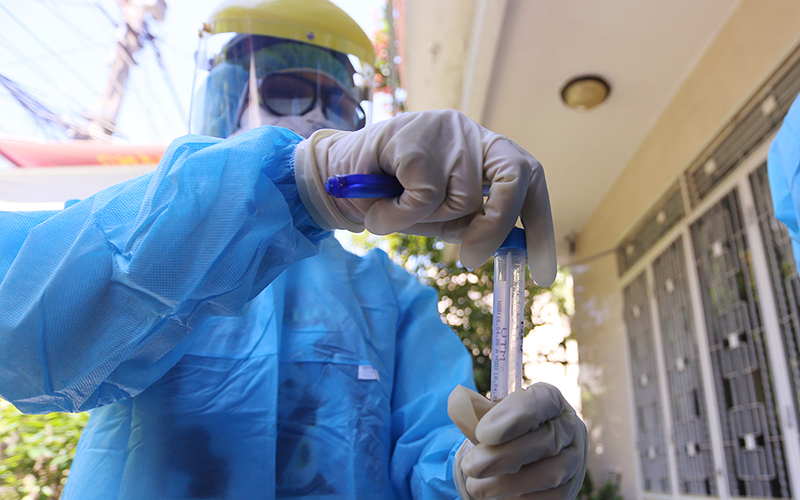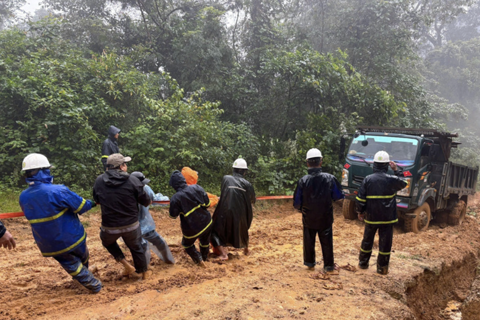August 18: Vietnam’s coronavirus caseload approaches 1,000
More than half of the tally are local infections detected after the virus locally resurfaced in the last week of July.
The number of people infected with SARS-CoV-2 in Vietnam hits 989 on Tuesday after 13 new infections were confirmed during the day, according to the Ministry of Health.
| More Covid-19 cases are found in the community |
Vietnam’s coronavirus infections have quickly soared after the resurgence of the community transmission in the central beach city of Danang on July 25, marking the second wave of infections in the Southeast Asian country. Since then, 509 people have been locally infected with link to Danang.
In the first wave of the pandemic, Deputy Prime Minister Vu Duc Dam in late March said Vietnam was making efforts to keep the number of coronavirus cases in the country under 1,000.
Mr. Dam, who heads the National Steering Committee on Covid-19 Prevention and Control, pointed out that the country’s anti-pandemic measures had been effective, and the number of people infected with SARS-CoV-2 in Vietnam was unlikely to hit 1,000 by April 1.
At that time, when the case count was 163, Vietnam entered a tough period against the virus, it closed non-essential services and called on people to stay home until April 15.
So far, the local infections have been found in 15 cities and provinces namely Danang, Quang Nam, Quang Ngai, Quang Tri, Ho Chi Minh City, Hanoi, Dak Lak, Lang Son, Bac Giang, Thai Binh, Ha Nam, Hai Duong, Thanh Hoa, Khanh Hoa, and Dong Nai.
In a latest move, Hanoi has detected a second case of secondary transmission. All 13 infections in the city are linked to Danang.
Meanwhile, Hai Duong has become an emerging hot spot in the north with 11 cases detected over the past few days. At present, the province’s capital city is under lockdown.
The complicated evolution of the pandemic has resulted in 26 deaths of Covid-19 in Vietnam, including 22 in Danang, the place where the virus resurfaced after Vietnam had gone 99 days without local transmission. Vietnam had reported no death until July 31.
Two thirds of dead victims are people with kidney failure and the remaining suffered from cardiovascular failure, hypertension, diabetes, and cancer.











